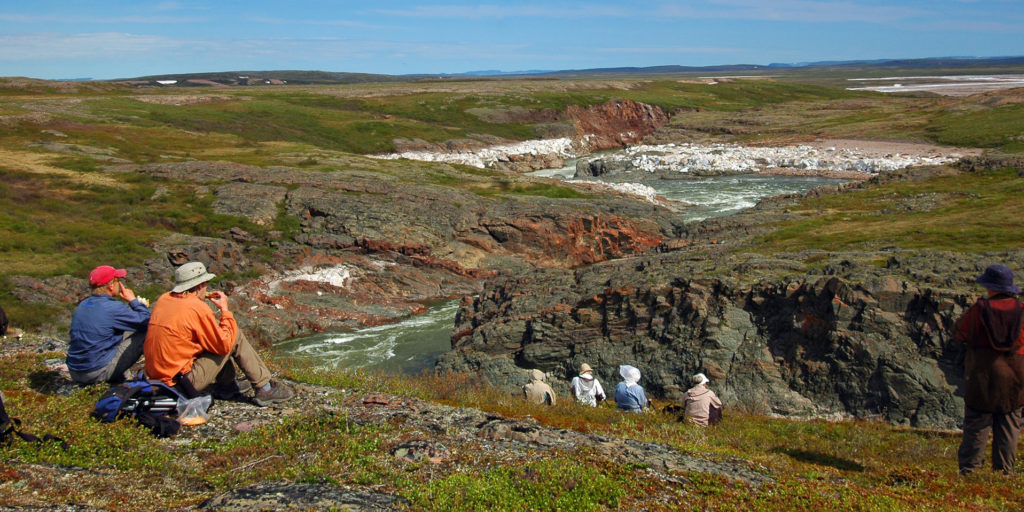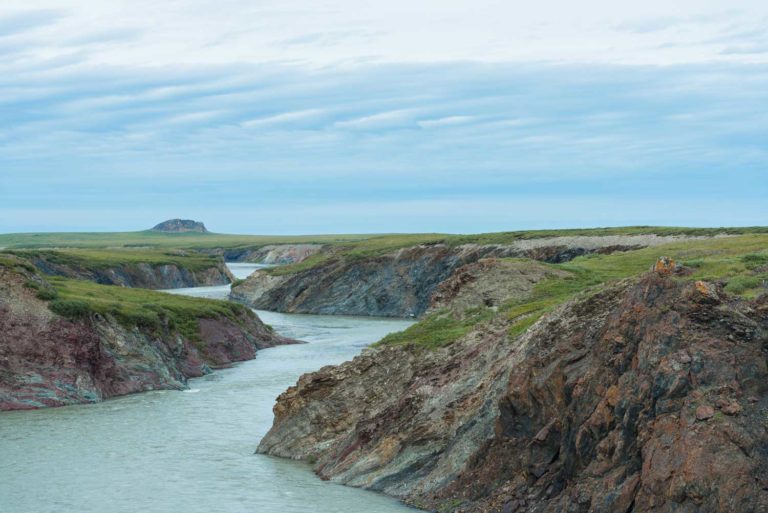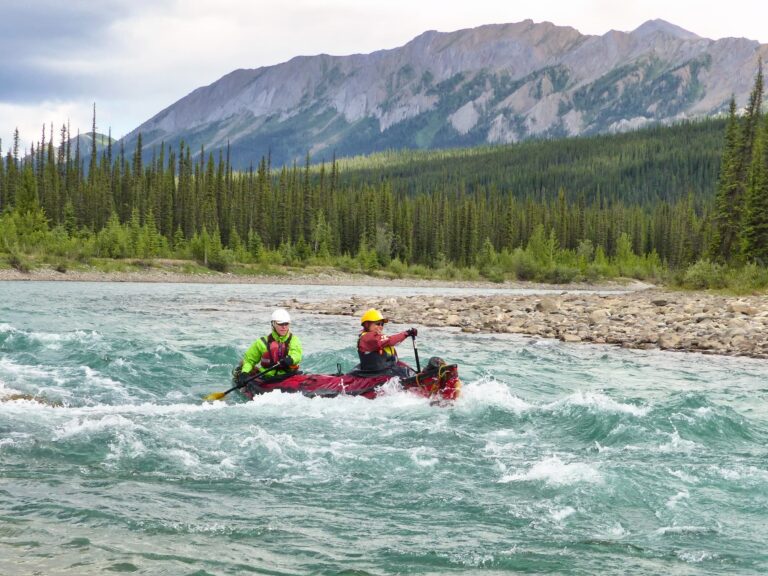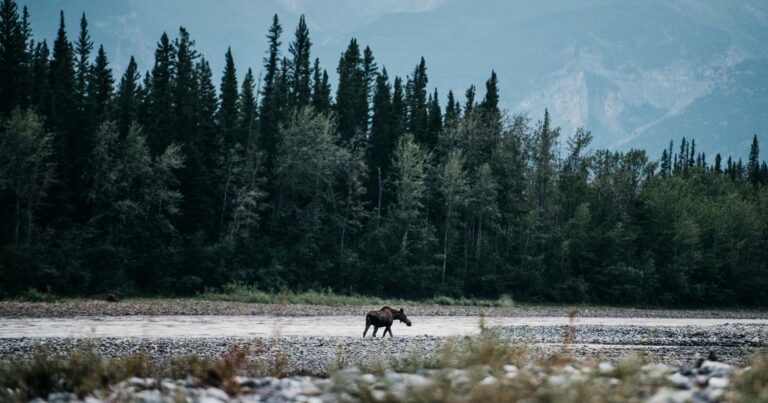“Golden Eagle?
… No, the nest is too small.
Rough-legged hawk?
No, it was smaller than that. It has to be a peregrine falcon nest, … but they don’t build stick nests?”
Paden Lennie is peering through his binoculars at a nest on the other side of the river. Having grown up around the raptors of the Canadian North, and with years in the field with Parks Canada, now he was seeing something new. Immediately the theories began to swirl: Had these small, swift falcons managed to steal a nest from a larger bird? Were they just lucky to find a nest unoccupied and decided to raise a brood?
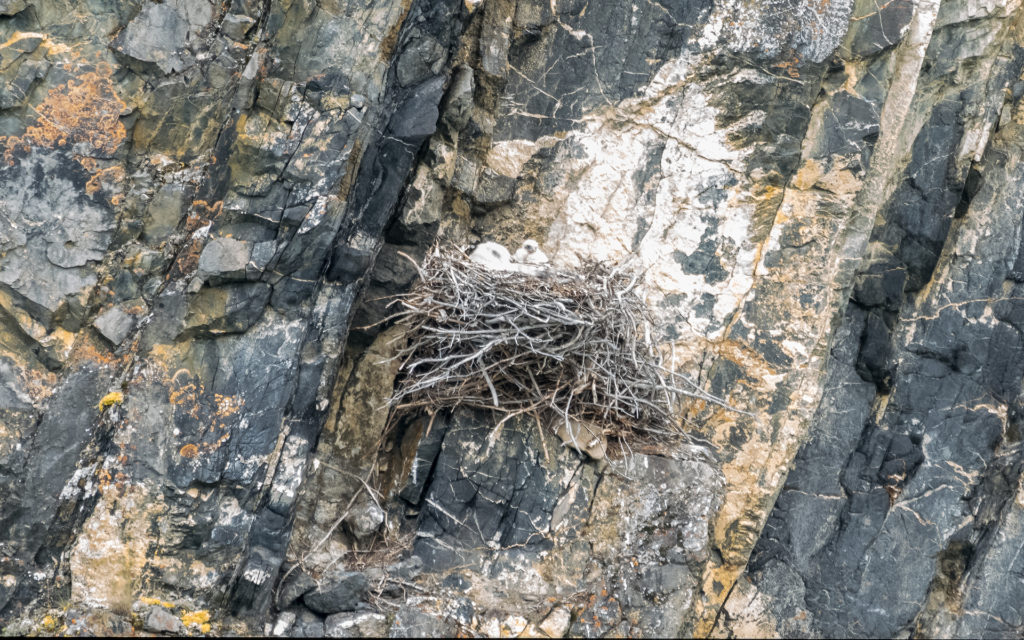
We had just finished lunch and a walk where we had come face-to-face with an adult peregrine. It was perched on a ridge of ancient stone keeping watch on its nest across the river and for its next meal. From Paden we learn how peregrines will perch in a place affording a good view and watch for prey like ground-nesting birds, lemmings or ground squirrels.
Before we could come to any conclusion the “kak kaak kaak kak” of a gyrfalcon had everyone swivelling their heads. Within 200 metres of the peregrines we spotted another nest. We had witnessed dozens of birds of prey already, but to see two such significant species raising broods so close to one another spoke to the abundance of the land around us.
In a world where much of nature is threatened, high numbers of raptor populations are a beacon of hope.
Hawks, falcons and other birds of prey were extirpated in many areas with the rise of DDT following the Second World War (the chemical had widespread use as a pesticide until it was banned in Canada in 1972 and worldwide in 2001). It was only through decades of effort by environmentalists, biologists and countless volunteers that these northern ridges hosted nesting pairs once again.
Back in our rafts, the blue current sweeps us downstream and we watch as the adult birds swoop back to check on their young. After a day filled with wildlife, we were approaching Anticline Camp on the Firth River, in the winding canyon that marks the end of the British Mountains. As we set up camp Paden continues to take in the entirety of our surroundings as if for the first time; our experience earlier being a reminder that, if we keep our wilderness intact and our eyes open, there will always be something new to learn.
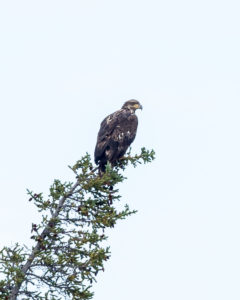
(Photo by Michael Papple)
With passionate advocates like Parks Canada’s staff and expedition guides combining with the voices of river travellers there is reason to hope that we will see wild birds continue to thrive.
Interested to learn more about our Rafting with Researchers?


